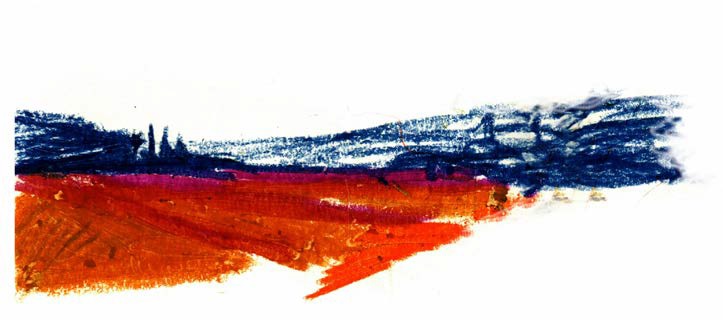
Alternative futures for the Salt pans of Sečovlje, Slovenia
Landscape Design Studio II, Basics of Architecture and Urbanism Design Studio
University of Ljubljana
The project addresses the problem of the gradual loss of the original medieval landscape of the Sečovlje salt pans. It looks into the history of the impact that salt production once had on the surrounding landscape and patterns of settlements. It also looks at the possibilities of re-establishing a connection between the two on contemporary grounds. While a great part of the salt pans is already overgrown with nature and populated by birds, both cultural and natural heritage have become objects of tourist consumption that infer with the primary function of the salt pans. This has, in turn, altered their character. In addition, the cultural heritage of the salt pans is threatened by ever increasing numbers of sudden floods which are occurring as a result of changing climate. That the production of salt production spans over more than seven hundred years is a living proof that development can go hand in hand with the protection of life. It was with this knowledge that salt workers lived in a fragile relationship with nature, and it was with this knowledge that the salt pans of Sečovlje, produced salt in a unique way, and influenced the economy of a greater area. It is precisely this harmonious coexistence that has developed into an aesthetic and cultural value of a landscape. This value is shaped by the engineering and architectural logic, tightly connected to the laws of the mighty forces of nature.
Students have suggested solutions as to how to integrate individual landscape and urban elements into a complex sustainable whole by finding new viable uses of ruined houses to make their reconstruction feasible. They did so by utilising navigation channels and the structures of the abandoned coal mine to liberate the salt pans of all activities not connected to the salt production. The fragile habitats of the area are a result of both the old way of salt production which managed the level of water, and its decline. It follows, that salt production is the only proper means to preserve such habitats. Each of the five students’ ideas individually assessed and evaluated the interactions of the operating salt fields, the cultural heritage of their medieval part and the protection of nature.
